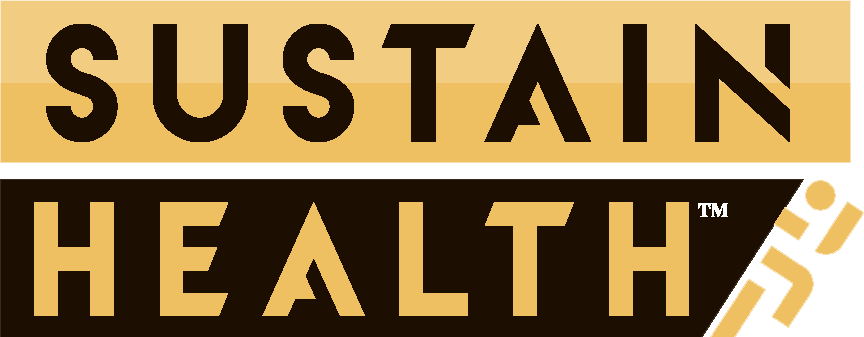Whether you’re hitting the gym, striving towards your fitness goals, or simply aiming to eat healthier, protein powder has firmly planted itself as a go-to supplement.
From classic whey and casein to a variety of plant-based alternatives, there’s a protein powder out there that makes boosting your daily intake both easy and convenient.
But how is protein powder made? Understanding the manufacturing process not only sheds light on what goes into your supplement but can also help you make better-informed choices.
Types of Protein Powder and How They’re Made
Protein powders are broadly categorized into animal-based and plant-based varieties, each requiring unique processing methods. Let’s break down how the most popular options are created.
1. Whey Protein: From Cheesemaking to Powder
Whey protein starts its journey in the cheesemaking process. When milk is separated into curds and liquid whey, enzymes are used to aid this separation.
The liquid whey then undergoes pasteurization to ensure safety before the protein is extracted.
Two main methods are used to concentrate and isolate whey protein:
- Membrane Filtration: A physical process that removes fats and carbohydrates while concentrating protein.
- Ion Exchange Technology: A chemical process targeting specific proteins for a purer product.
The result? A powder packed with protein. Variants like whey concentrate and whey isolate differ based on how much filtering they go through.
- Whey Concentrate: Contains about 80% protein, with a rich, creamy texture that pairs well with a variety of flavours.
- Whey Isolate: Further refined to around 90% protein, making it lower in fat and lactose, though slightly less creamy.
There’s also Clear Whey Isolate, which is hydrolyzed for easier digestion and an acidic flavour profile. Think of it as a fruity, refreshing twist on traditional protein shakes.
2. Casein Protein: Slow-Release Fuel
Casein, another milk-derived protein, uses a different approach. To extract casein:
- Fat molecules are separated using centrifugation.
- Lactose and minerals are removed via acidification or ultrafiltration.
The result is a slow-digesting protein ideal for nighttime recovery, as it releases amino acids gradually over several hours.
3. Plant-Based Proteins: A Sustainable Alternative
Plant-based protein powders cater to vegans and those with lactose intolerance. Popular sources include soybeans, peas, rice, and hemp. Their extraction processes vary:
- Soy Protein Isolate: Made from defatted soybean flakes. These are processed through alkali extraction to gather protein and centrifugation to remove fibre, resulting in a powder that’s 90% protein. Soy protein is unique among plant proteins because it contains all nine essential amino acids.
- Pea Protein: Extracted from yellow split peas (not your garden peas). After the shells are removed, the peas are milled into flour, then processed to remove starch and fiber, leaving behind a protein-rich powder.
Both soy and pea proteins are excellent options for vegan diets, with pea protein delivering about 80% protein content. For those seeking a complete amino acid profile, many vegan powders combine multiple sources.
Choosing the Right Protein Powder
When deciding between options, it’s essential to consider your dietary needs and fitness goals:
- For Muscle Recovery: Whey protein, particularly isolate, is ideal due to its high protein content and quick absorption.
- For Sustained Energy: Casein protein is perfect for overnight recovery or periods of fasting.
- For Plant-Based Diets: Soy and pea protein powders are excellent, especially in blends that offer a complete amino acid profile.
The Science of Protein Quality
Understanding how protein powder is made can demystify the product and ensure you’re choosing the best option for your needs.
Whether it’s the creamy richness of whey concentrate, the fruity tang of clear whey, or the eco-friendly appeal of plant-based powders, there’s a protein powder to suit every lifestyle.





